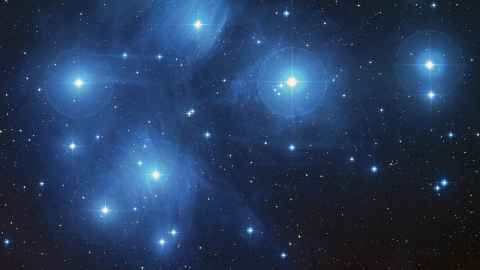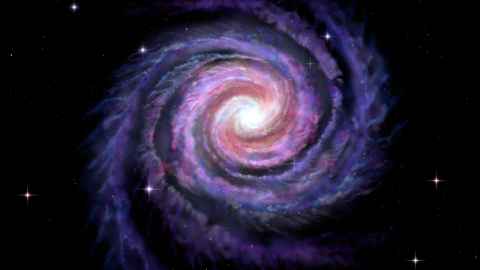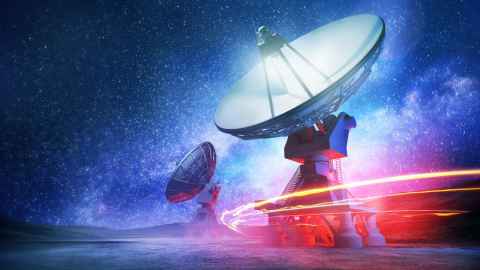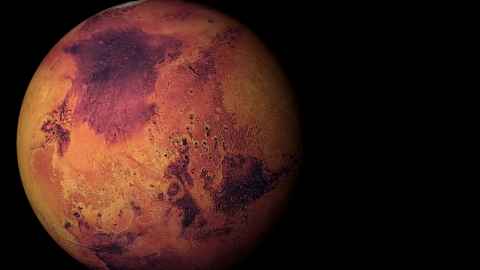Fun facts about space
9 December 2019
Matariki, best apps and websites, and why the Milky Way smells like rum...
Matariki | Herald of the Māori New Year
In Aotearoa New Zealand, Matariki is seen in the northern sky, rising in the northeast and setting in the northwest. The cluster disappears from view in late autumn when it is too close to the sun to be seen. Its reappearance in the pre-dawn sky in early winter (the end of May or beginning of June) signals the beginning of the Māori New Year, a uniquely New Zealand festival.

This celebration begins at the sighting of the next crescent Moon in June near the Winter Solstice. In 2019 Matariki was officially celebrated on 25 June. Traditionally it signalled a new beginning; a time for planting trees and preparing the land for crops. It is now recognised as an important national event that brings family and communities together to reflect on the past and the future and to share knowledge, food and entertainment.
The Matariki star cluster is visible from most places on the globe, so it has many names and stories in different cultures. The cluster formed from a vast cloud of gas and dust about 100 million years ago. The stars are therefore ‘young’ by stellar standards (our Sun is 4,600 million years old).
Telescopes reveal the cluster consists of nearly 1,000 stars travelling together through space. Over the next few hundred million years, they will gradually drift apart as they orbit around the Milky Way galaxy. Matariki is one of the closest star clusters to the Sun. Yet at a distance of 440 light years*, it is more than 100 times further away than the nearest star, Alpha Centauri, which is 4.2 light years away.
Matariki contains a number of hot blue stars that light up vast sheets and filaments of nearby dust, which the star cluster is now passing through. It appears to the unaided eye as an exquisite grouping of seven stars on the shoulder of the constellation of Taurus the Bull. These stars are also commonly known as the Pleiades and the ‘Seven Sisters’.
*A light-year is the distance light travels in 1 year – approx. 9.5 trillion kilometres.
Did you know....
The time travel
If you want to time travel, all you have to do is look up. The glimmers you see are snapshots of the distant past. The Andromeda galaxy is the most distant object readily visible to the naked eye at 2.5 million lightyears away. So, the light you see from it tonight is 2.5 million years old. You’re seeing it as it was at the time long before modern humans existed.
The width
The Milky Way galaxy is 105,700 light-years wide. It would take a modern spacecraft 450,000,000 years to travel to its centre.

The smell and taste
The centre of the Milky Way smells like rum and tastes like raspberries. This was discovered by the IRAM radio telescope, which zeroed in on a gas cloud called Sagittarius B2 at its centre. The IRAM detected a chemical called ethyl formate which gives rum its distinct smell and raspberries their distinct flavour.
The make up
68 percent of the Universe is dark energy and 27 percent is dark matter. Both are mysterious and invisible. That means that the rest – everything on Earth, everything ever observed with all our instruments, all normal matter – adds up to no more than five percent of the Universe.

The silence
In space, no one can hear you scream. This is because there is no air in space – it is a vacuum. Sound waves cannot travel through a vacuum.
Searching for alien worlds
Astronomers are discovering more and more exoplanets – planets outside our Solar System – and finding out how different solar systems form. However, what excites people is the possible discovery of another ‘Goldilocks’ planet like ours – one that could support extraterrestrial (alien) life.

Orion, the future of space exploration
NASA is developing Orion to transport humans past Earth’s orbit, to our Moon, and ultimately on a longer journey than anyone has ever taken: to Mars – and back.
Orion’s heat shield was put to the test on an uncrewed flight in 2014, and it withstood temperatures of over 2,000 degrees Celsius. That’s about twice the temperature of molten lava.

Looking for space and astronomy sites on the internet? Try these!
Royal Astronomical Society of New Zealand | www.rasnz.org.nz
Stardome Conservatory and Planetarium | www.stardome.org.nz
Space Place | www.museumswellington.org.nz/space-place
Dark Sky Project | www.darkskyproject.co.nz
The World at Night (TWAN) | www.twanight.org
Astronomers Without Borders (AWB) | www.astronomerswithoutborders.org
National Aeronautics and Space Administration (NASA) | www.nasa.gov
Space.com | www.space.com
Sky & Telescope | www.skyandtelescope.com
Space Calendar | www2.jpl.nasa.gov/calendar
HubbleSite | www.hubblesite.org
View the night sky by downloading these apps from Google Play or the App Store
SkyView® Lite uses your cellphone’s camera to precisely spot and identify celestial objects in the sky – day or night.
Stellarium Mobile Sky Map has a catalogue of over 600,000 stars displayed as a real time zoomable sky map. You will be able to identify stars just by pointing your phone at the sky!
Redshift Take 3D flights to travel to any location within our Solar System; orbit the planets and their moons, and land on their surfaces.
Distant Suns (Max) has one of the most realistic displays of the night sky, while being one of the easiest to use astronomy apps for casual sky watchers as well as serious astronomers.
Cosmic Watch includes a celestial calendar providing you with all the important information and significant celestial events that are visible
from your location.
Orion StarSeek 5 by holding your device up to the sky the dynamically changing map will identify stars, constellations, planets as you pan around.
Remember to keep looking up.
Our thanks to the Stardome who have provided all content and the Matariki image in this article.
inSCight
This article appears in the December 2019 edition of inSCight, the print magazine for Faculty of Science alumni. View more articles from inSCight.
Contact inSCight.